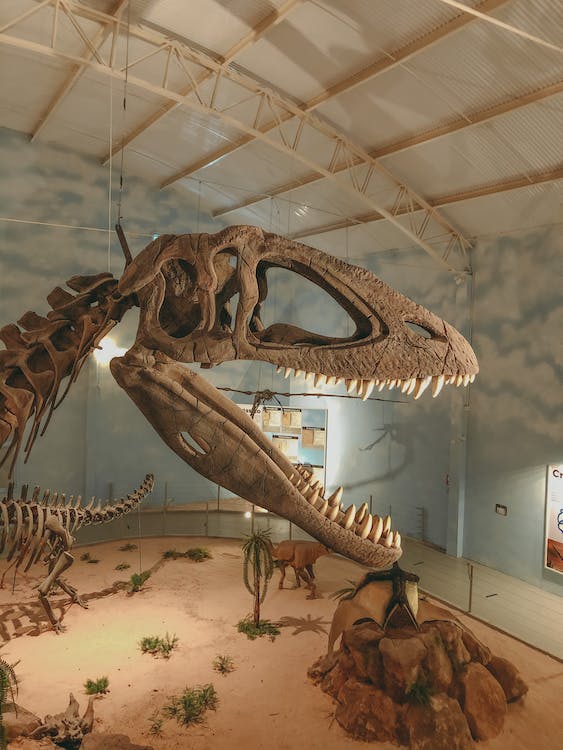Fossils are naturally preserved remains of ancient life, which we could trace back to thousands of years. These ancient traces of life serve a significant part of our history since it gives us a deeper understanding of the origins of our world.
Fossils come in various sizes and types. The first thing that will often come in mind when we think about fossils is dinosaurs. It is because dinosaurs existed on our planet thousands of years ago, wherein humans do not yet exist. That is why fossils are the only evidence that these large beasts did roam the Earth during the early times.
Interestingly, scientists already discovered thousands of fossils over the years, and these discoveries vary from human, dinosaur, and animal fossils. All of this evidence of prehistoric life on Earth is a part of a branch of science called paleontology. Through this field of study, scientists can further study and observe the origins of living organisms on our planet.
Besides these factors, other types of fossils existed as a form of tracks and trails, wherein scientists use to gather more information about the past. With all these said, we can say that paleontology is an interesting branch of Earth science that offers the scientific study of the history of our world.
In this article, let us look into the definition of paleontology and its history.
What is Paleontology?
Paleontology is the branch of science devoted to the study of prehistoric life through fossils. It aims to build knowledge about life before the Holocene epoch, which is roughly 11,700 years ago. This field of study focuses on the study of fossils with aims to classify prehistoric organisms, as well as the interaction with their environment.
The science of paleontology is a mixture of biology and geology, which uses various methods from other branches of science, such as biochemistry, mathematics, and engineering.
The study of prehistoric life focuses on finding three main types of evidence, including:
- Body fossils – they are the best type of evidence in paleontology since they provide the most information about prehistoric life. Body fossils vary in types, such as wood, bones, and shells. One of the most known fossils that were discovered is those from dinosaurs, which shows us proof of the existence of giant prehistoric beasts. The discovered fossils are studied by scientists to gain more information about ancient lifeforms on our planet.
- Trace fossils –unlike body fossils, this kind of remains mainly consists of tracks and burrows. Despite their differences, trace fossils are often used as a reference to gathering data about an organism’s way of life and interaction with the environment.
What is the origin of paleontology?
The earliest accounts of paleontology were during the 4th century BC, when the ancient Greek philosopher Xenophanes made his observations of fossils. However, these studies were merely observations and do not provide any concrete scientific explanation.
During the 11th century, the study of fossils became more advanced when the Persian naturalist Ibn Sina made his contribution to fossils. His works covered several fossils, wherein he made his theory of petrifying liquids. Furthermore, another naturalist during this period made a contribution to the development of paleontology. It was the Chinese naturalist Shen Kuo who proposed a theory of climate change.
Interestingly, the 18th century was the most significant period during the advancement of paleontology. During this time, the systematic study of fossils appeared, which developed from the ancient method of philosophy. Among all the scientists during this period, Leonardo Da Vinci was one of the most significant when it comes to paleontology. His works are remarkable, which include the depiction of several fossils. The result of his study became an influence on other scientists, and it also became a sturdy foundation for the history of paleontology.
Over the years, paleontology continued to develop with the help of many scientists. The advancement of this field of study helped in the observation and study of animal life, as well as human life. It gives our scientists enough information to create scientific studies about the origins of living organisms, their interaction with the environment, and its development over the years. Today, scientists continue to seek more fossils in hopes to unravel more mysteries that our planet holds.
